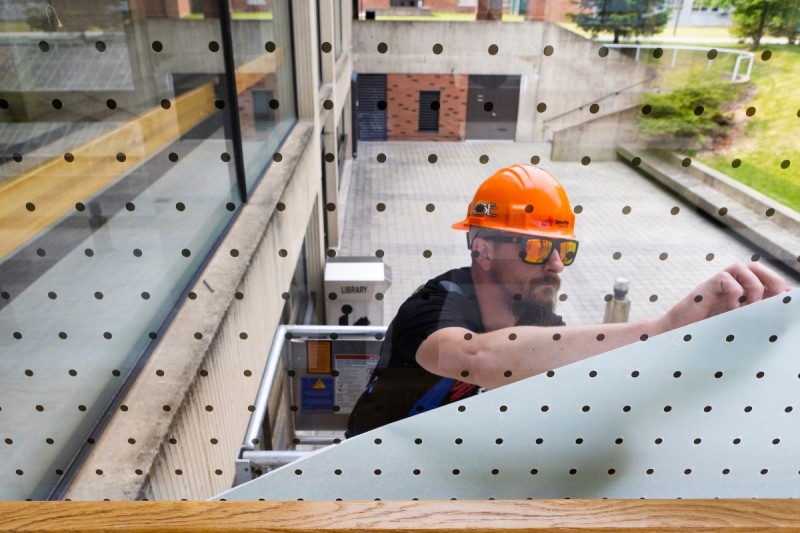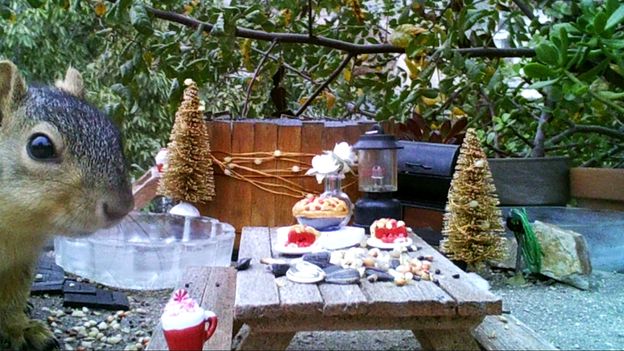Anne Clark | Source | Professor of Biological Sciences at Binghamton University, State University o...

Anne Clark
Clark's lab researches ecology and evolution of non-human animal social behaviors. Her past work includes studies of parent-offspring relations in birds and studies of yawning and social contagion in budgerigars. Her lab currently works on two themes: a) ecology and life history of cooperative behaviors (e.g., sentinel behavior, territory defense, caching and food calling) in crows and b) the effects of anthropogenic (human caused) changes on birds. Her graduate students are extending their long-term studies of American crows to at least three other crow species and to issues of Corvus conservation worldwide. Because crows are now established urban birds, their research questions include the effects of urban living on crows and other species. Urban-focused questions include the effects of recurrent West Nile virus on American crow social behavior and, in collaboration with Dr. WX Zhu, the role of crow roosts in N cycling in cities. Graduate research includes studies of how social signals may be critical to bringing birds back to areas restored after suburban populations of deer have removed critical nesting vegetation.
-

Binghamton University, State University of New York
Professor of Biological Sciences
-
Which animals reproduce at the oldest age?
Some animals have offspring at an advanced age. Others, on the day that they're born.
Article -
Window treatment protects the lives of birds - Binghamton News
Bird strikes claim a surprising amount of lives; an effort is underway to push for solutions
Article -
At-home trail cameras: Capturing the secret animal reality show in your own back garden
An online community has erupted around people filming wildlife with backyard trail cameras. It's not just cute: the videos are uncovering animal secrets for biologists.
Article
-
If you counted the birds of our nation, we're missing three billion birds since the last few decades. So we have cumulative loss. On campus, you just multiply it because nobody's monitoring all of those windows. And what you see on the ground is a fraction of the damage done because every time there's a dead bird, there's probably three.



